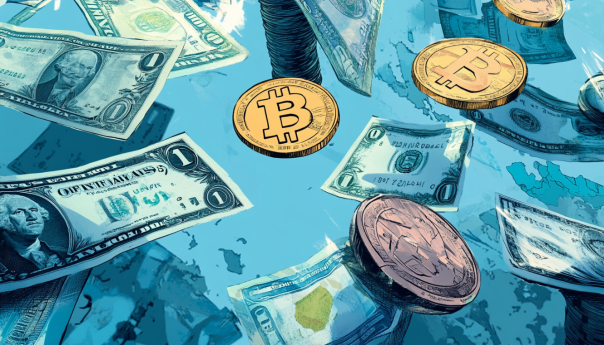ETH Gas Fees Plunge to Unprecedented Lows
The transition to L2 solutions and the adoption of blob transactions are among the factors contributing to this decline
May 6, 2024 02:17 PM
Reading time: 1 minute, 15 seconds
TL;DR The Ethereum network has seen a significant drop in gas fees, currently between 5 and 10 gwei, marking one of the lowest levels this year. This decrease has led to the lowest daily amount of ETH burned in 2023.

Ethereum's Gas Fees Hit Yearly Low
Users on the Ethereum network are paying lower gas fees, with current costs between five and ten GWEI. The lower fees impact the Ethereum network directly, particularly on the ETH issuance.
ETH Burning Slows Down
With lower gas fees, the daily ETH burn amount also significantly drops. On Sunday, it reached a record low of 610 ETH. This contrasts considerably with the 2,500-3,000 ETH burned daily during the year's first four months.
"The ongoing decline in gas fees is partly due to a shift in activity to Layer 2 scaling solutions as well as the growing adoption of blob transactions."
Factors Behind the Decline
Several factors contribute to the current low in gas fees, including the increased adoption of Layer 2 scaling solutions and blob transactions introduced with the Dencun upgrade. These technological advancements have made transactions more efficient and cheaper, reducing the overall demand for gas on the Ethereum mainnet.
Impact of the London Hard Fork
The London hard fork, or EIP-1559, introduced a new fee structure to the Ethereum network. It changed how gas fees are calculated and how ETH is burned. With the decrease in gas fees, the deflationary mechanism also introduced by the hard fork is less significant, impacting the Ethereum economic model.
Looking Ahead
The Ethereum network supply is turning inflationary, shifting from its previous deflationary nature. This change is closely linked to the gas fees and ETH burned. An increase in network activity could reverse this trend, making Ethereum's supply deflationary again.



